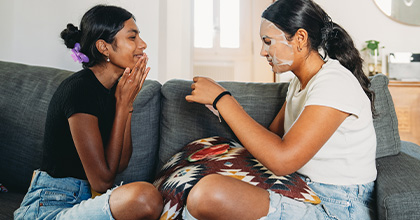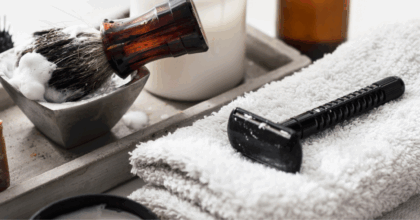In the last decade, K-beauty has successfully cracked the international beauty market which was previously led by an established few J-beauty companies and brands. K-beauty has achieved its position as a trendsetter, winning the hearts of Asian consumers all thanks to its fast-paced product innovation activity and agile transition to digitisation.
The upsurge in popularity of the Korean wave across Asia also played a part in propelling K-beauty further into the market, influencing young Asian consumers who desire the beauty looks of their favourite Korean celebrities. The overwhelming variety of product offerings, youthful packaging and exciting store experiences catapulted K-beauty products to must-have status, especially among beauty enthusiasts.
This quick and dramatic shift has pressured J-beauty to come out of its comfort zone and speed up new product and format development to defend its longstanding leading position in the market. China, for instance, is an important market for J-beauty—it is essential for J-beauty to win the hearts of China’s new generation of consumers who took their first step into beauty with K-beauty.
Shiseido launched a cushion compact in 2016 and introduced a series of new brands targeted at young consumers, including Playlist, WASO, Recipist and POSME, all while strengthening their digital capabilities—and this caught the attention of the global beauty scene. That said, a large scale of involvement from a range of J-beauty brands (including indie and new brands) is required to create a global J-beauty boom among younger consumers. In fact, K-beauty took the world by storm through efforts from both local beauty conglomerates and a plethora of fresh, independent brands.
Both J-beauty and K-beauty have strong governance in their domestic markets which will continue to back up development and innovation despite strong competition in the ever-changing global beauty market.
Asia’s rising player: C-beauty
Finally, there is a rising player in the Asian beauty market; China beauty, or C-beauty, has quickly grown in the skincare and makeup sectors in recent years. China beauty brands have absorbed the best practices of the world’s leading products and adapted them to suit the needs and tastes of local Chinese consumers.
The interaction among J-beauty, K-beauty and C-beauty will create an interesting, dynamic competition and unceasing innovation in the coming years. This will also bring diversity into the global beauty market by introducing a wider variety of Asian natural ingredients, beauty routines and values. Mintel’s 2018 Global Beauty & Personal Care Trends, ‘Playing Mother Nature’ and ‘My Beauty My Rules’, are key areas where the trinity of Asian beauty can excel and increase the region’s influence in the global beauty market.
Innovations from Korea
[row]
[one_half]
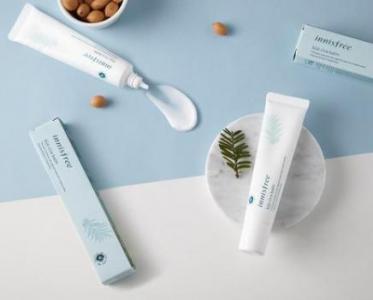
The cica cream is a soothing and moisturising cream for sensitive skin. It combines dermo science and natural soothing ingredients like centella asiatica, a medicinal herb used to treat and heal wounds. This has propelled the natural dermocosmetic approach.
[/one_half]
[one_half]
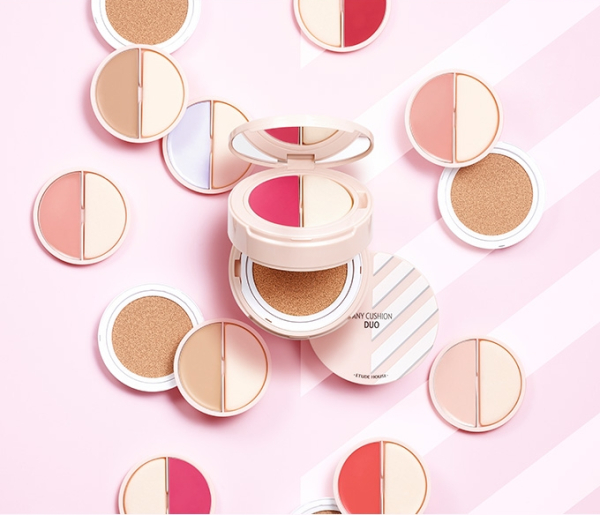
The cushion compact has evolved over the years. The most recent trend is the re-engineered cushion compact that elevates on-the-go use by including and additional function such as a concealer or a point colour makeup. Etude House’s Any Cushion line allows consumers to create the cushion pact that fits their needs by combining two products in one.
[/one_half]
[/row]
[row]
Innovations from Japan
[row]
[one_half]
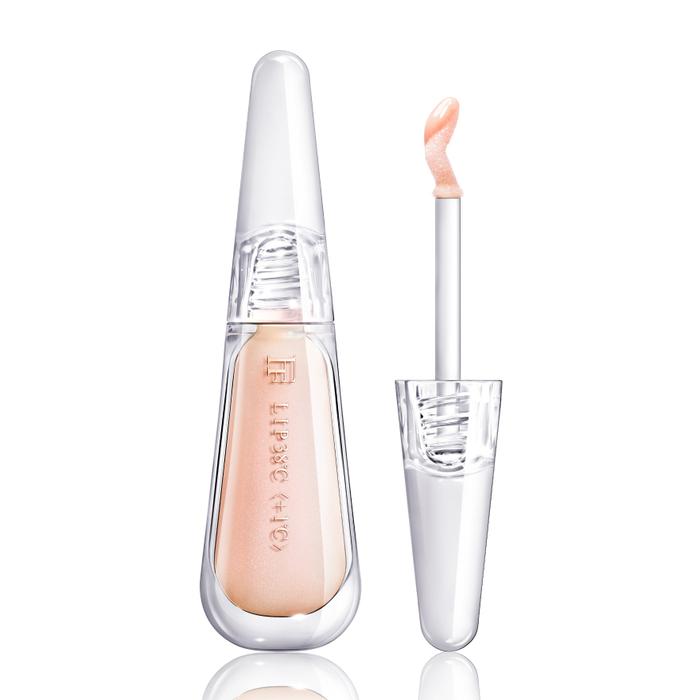
There is a growing focus on ‘Made in Japan’ in the Japanese beauty industry, proclaiming the nation’s long beauty heritage and technology. Flowfushi is a new indie brand which focuses on the traditional spirit of Japanese craftsmanship that excels in details and creating brand new claims.
[/one_half]
[one_half]

The Japanese male grooming industry has seen a unique claim that addresses the so-called ‘middle-aged male body odour’. Beginning with the deodorant sector, this has expanded to bodycare, haircare and skincare as well.
[/one_half]
[/row]
[row]
This is one of a series of articles featured in Mintel’s latest ‘Asia Pacific: The Beauty and Personal Care Landscape’ thought piece, a selection of research, innovations and trends in Asia Pacific’s beauty and personal care market. Get your copy today.
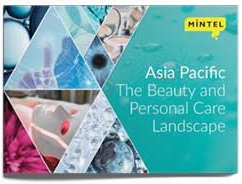 This is one of a series of articles featured in Mintel’s latest ‘
This is one of a series of articles featured in Mintel’s latest ‘









